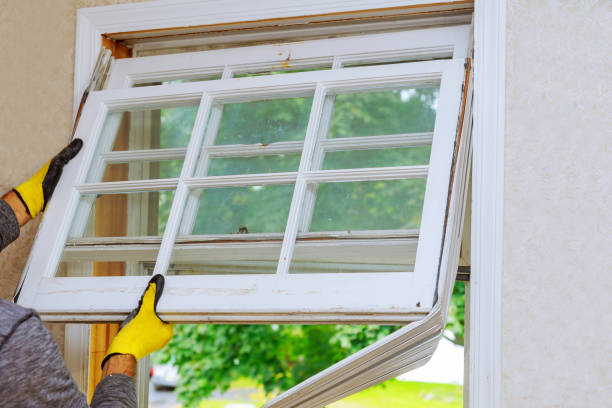Severe storms can cause significant damage to trees through strong winds, heavy rain, or lightning strikes. Trees with undetected structural problems or root system weaknesses display no obvious signs of damage although they present significant threats. Local authorities together with property owners need to perform immediate inspections on storm-affected trees to avoid new dangers. Before starting any intervention people should assess which trees sustained damage from hazards including broken branches or cracked trunks and general uprooting.
The most accurate way to assess tree health and stability after a storm takes place is through a professional examination. Certified arborists assess whether damaged trees can be preserved and determine the best course of action. The removal of trees must comply with municipal documentation standards which mostly affect protected species. The detailed content in an arborist report helps property owners, their insurers, and local authorities to make sound decisions regarding storm-damaged tree management.
A storm-damaged tree assessment through technical analysis requires more than basic visible damage assessment. Damages to internal structures and roots may exist in certain trees, although they cannot be seen by casual inspection. Proper evaluation is needed because weak trees have the potential to break down in unexpected ways that create future dangers. Structural stability assessments enable decision-makers to identify ways such as trimming and bracing or cabling which could stabilize a structurally unstable tree. Proactive intervention helps prevent further property damage and safety hazards.
Local councils need documented proof before they allow tree removal particularly when the tree falls into a protected zone. Assessments consider species type, age, and health status to determine the best course of action. Pertaining to tree removal cases, professionals provide information about which types of vegetation would work best to sustain ecological stability. The use of complete arborist reports ensures the protection of environmental and legal elements so future tree removals stay necessary and promotes urban tree populations.
Scientific assessment experts conduct a basis for insurance storm claims to establish which insurance coverages apply and whose responsibilities will be held accountable. The assessment of damage extent caused by tree-related property harm needs expert approval from insurance providers when inspecting residential properties, vehicles, and electrical systems. Technical examinations establish whether trees had successful health prior to the storm or whether existing pre-storm health problems led to tree failure. Insurance claim evaluation depends on establishing differences between healthy and unhealthy elements since these distinctions shape insurance coverage qualification. The preparation of clear documented evidence helps both parties to resolve disagreements and accelerates the claims process which allows homeowners to focus on their recovery activities.
People regularly prioritize tree conservation following storms both among community members and environmental activists. Professional expertise exists to identify restorable situations where experts will propose treatments that enhance tree healing processes and avoid additional deterioration. The recovery of storm-damaged trees depends on proper pruning, soil treatments, and regular monitoring. A strategic management of community trees leads to the maintenance of green infrastructure which decreases lasting damage from extreme weather storms.
The evaluation conducted by trained professionals stands as the first crucial step for dealing with trees damaged by storms. Post-storm response decision-making requires the essential information which double-ended assessment protocols provide for security assessments and insurance evaluations. An extensive arborist report allows property owners, local governments, and insurance institutions to use safety-focused environmental practices for successful storm recovery.








